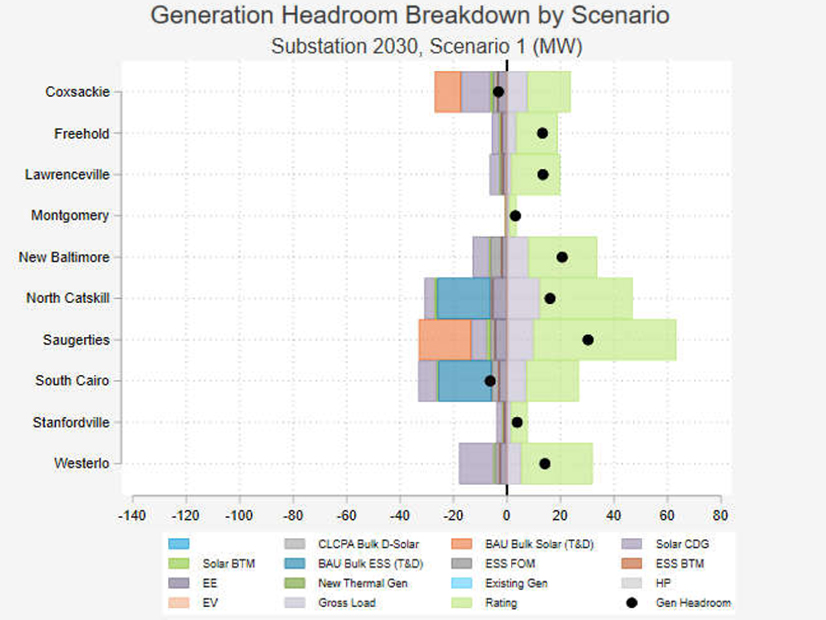
New York transmission owners on Wednesday again rejected challenges to their new public policy category of local transmission development for purposes of cost sharing and recovery (Case No. 20-E-0197).
The NYTOs, including state investor-owned utilities, the New York Power Authority (NYPA) and the Long Island Power Authority, told state regulators that LS Power, the Alliance for Clean Energy (ACE-NY), and New York City were mistaken in their concern with the NYTOs’ proposed cost sharing and recovery agreement (CSRA) for so-called phase 2 projects.
Phase 1 projects are traditional utility investments that address system reliability or resilience issues, while phase 2 projects are investments made primarily to satisfy requirements of the Climate Leadership and Community Protection Act (CLCPA).
The NYTOs in January had urged the Public Service Commission to reject LS Power’s argument that costs of local transmission can only be allocated under the NYISO tariff’s Order No. 1000 processes and that any regional cost allocation is preempted by FERC’s exclusive jurisdiction over transmission. (See New York TOs Defend New Public Policy Tx Category.)
This month, the NYTOs rejected LS Power’s insistence that phase 2 projects must go through NYISO’s public policy transmission planning process: “Transmission projects identified through each NYTO’s local planning process have never been subject to the NYISO PPTPP or its competitive solicitation process and are properly within each NYTO’s planning authority.”
Forcing project development through the ISO would only serve to address bulk power transmission facility needs, not local system capacity shortfalls, the NYTOs said.
Under Order No. 1000, regional transmission facilities are those that must be regionally planned, competitively selected and eligible for regional cost allocation.
ACE-NY and the City
ACE-NY asked the PSC to establish a cost containment mechanism for phase 2 projects, a request the NYTOs said should be rejected as being outside the scope of the proceeding.
The NYTOs said they balanced competing interests in developing a voluntary CSRA under the basic premise that incurred costs of projects approved by the commission would be recoverable.
Regulators will use the cost recovery mechanism for only those projects approved as meeting the statutory objectives under the CLCPA, including a pre-determined rate of return and capital structure, the NYTOs said. The CSRA, they added, does not provide for pre-approval of all project costs. In addition, the PSC and all interested parties reserve the right to contest project costs incurred by the sponsoring NYTO, and therefore it would be inappropriate to impose generic involuntary cost caps.
New York said it is concerned about inconsistency between the CSRA and the rate schedule, according to the city’s Feb. 8 comments in the proceeding. Regarding cost recovery for NYPA customers, the NYTOs contend that under the CSRA, NYPA “will be allocated costs of approved transmission projects in the same manner as other [load serving entities] under rate schedule 18,” and that the rate schedule does not apply to NYPA, the city noted in its comments.
The CSRA and rate schedule, however, are correct, according to the NYTOs.
A provision of the CSRA relating to NYPA as a load-serving entity “recognizes NYPA’s customers will be responsible for CSRA-related costs to the same extent as other end-use customers in New York served by a load serving entity,” the NYTOs said.
NYPA said it will not use the CSRA or accompanying rate schedule to recover the costs of its transmission projects for the following reasons:
- NYPA does not have a retail service area or local transmission and distribution system and therefore, under the Accelerated Renewables Act, will not be developing phase 2 projects for inclusion in the utilities’ capital plans, and
- NYPA uses the NYPA transmission adjustment charge, which already allocates those costs state-wide, to recover its transmission embedded costs.

